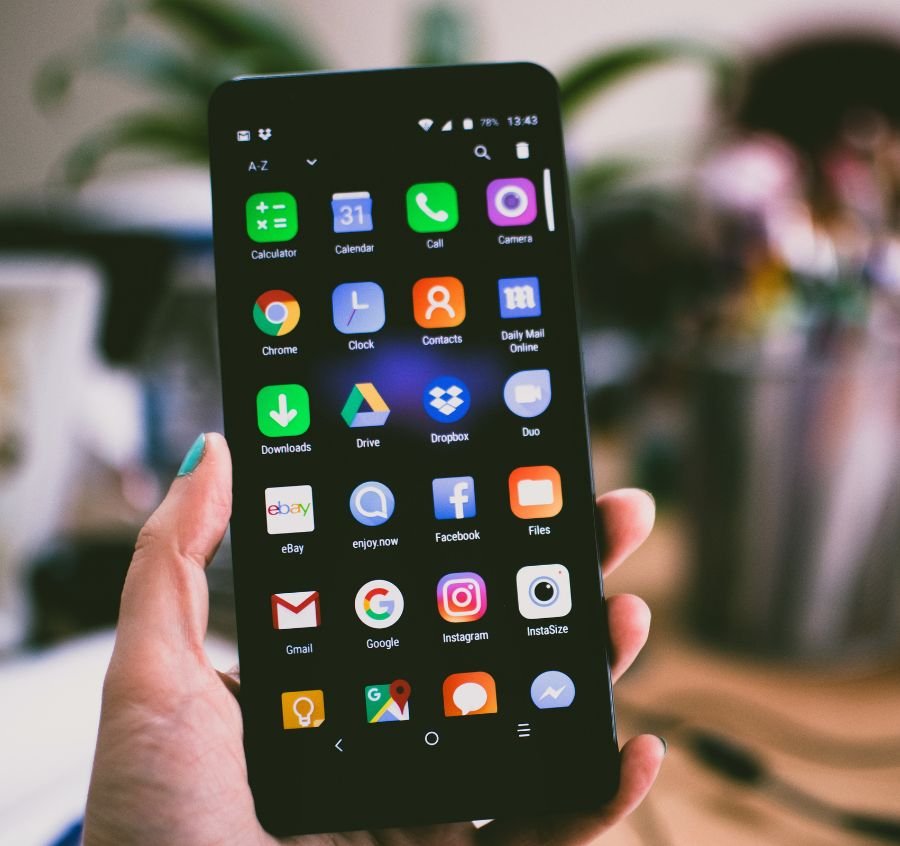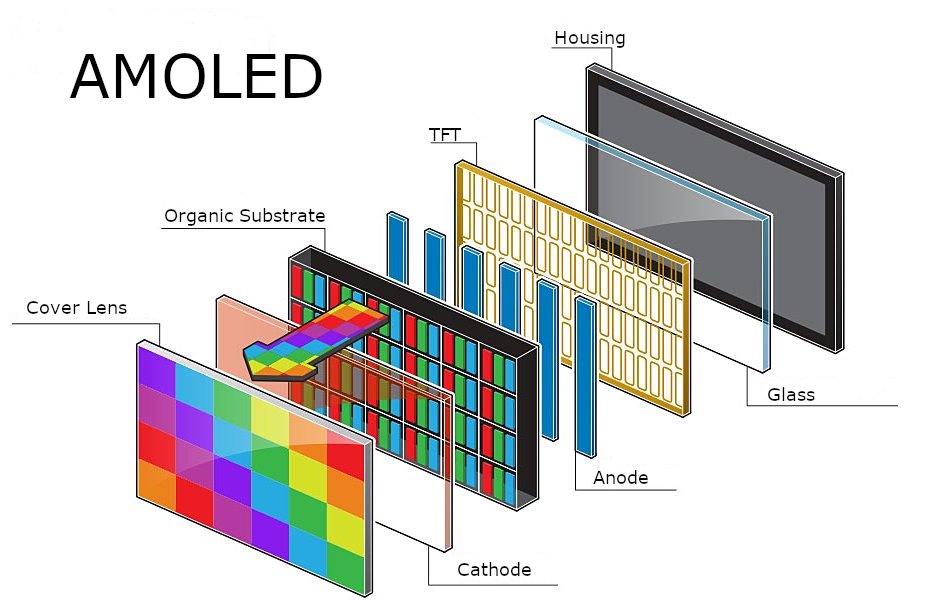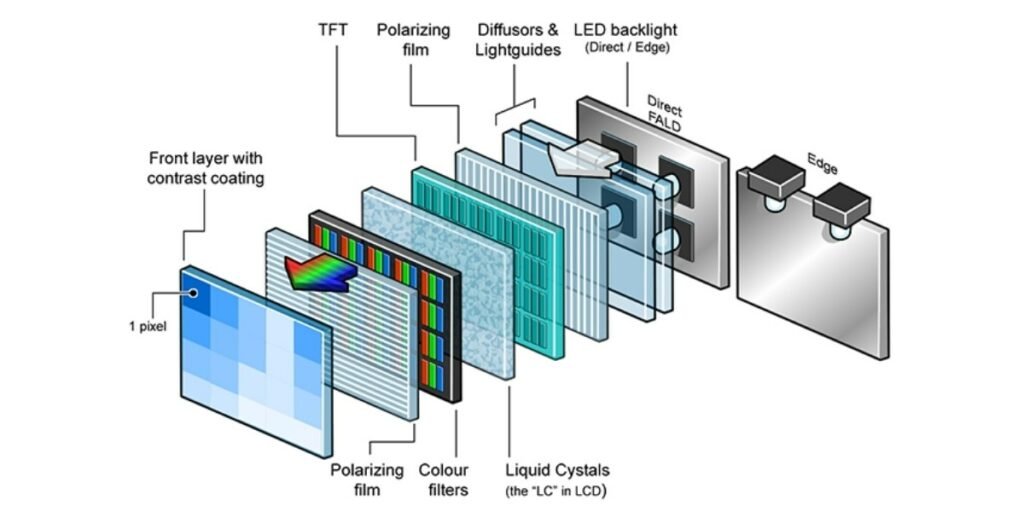LCD and AMOLED: How do they differ?

One of the most important features of a smartphone is the display, and for that, we have options such as LCD and AMOLED displays. But what’s the difference? And which one is better?
A smartphone’s display is very important. Before, we were fine with having a small screen and a keypad to navigate the phone. Today, it’s different. We use a smartphone’s display to interact with the phone. This is why we must pick a smartphone with the display that we think is the best for us.
A Liquid Crystal Display or LCD is the most common type of display that we see on smartphones. On the other hand, an Active Matrix Organic Light Emitting Diode or AMOLED is something we see on higher-end phones. Does it mean that the latter is better? Both displays have a huge set of differences so let’s get into the details.
What is an AMOLED display?

An AMOLED display is very similar to OLED displays. The difference is that AMOLED displays use a thin film transistor (TFT). With AMOLED displays, cathode, organic layers, and anode are stacked on top of another layer containing circuitry which is called the substrate layer. This setup does not require the use of a backlight system, unlike the LCD. Instead, an AMOLED display comes with individual Light Emitting Diodes or LEDs that turn on and off individually via the circuit which delivers voltage to the corresponding cathode and anode materials.
This provides us with better image sharpness and contrast ratios. Black colors certainly appear black on an AMOLED display because it can turn off the light from the pixels on certain designated areas that requires it to show a black portion of an image. This is perfect for watching video content. It is also this same characteristic that allows AMOLED displays to be more power efficient since it only turns on and uses the individual pixels that it needs and turns off pixels that it does not have to use.
However, AMOLED displays require care. You can’t use an AMOLED display on maximum brightness all the time. Using this display recklessly will cause the burning of the pixels. This compromises the quality of the entire display and even causes image retention. This drawback of the AMOLED display is called AMOLED burn-in.
Burn-in aside, the AMOLED is a fantastic display. A lot of people prefer this because of the great color reproduction, amazing contrast, and fluidity of the display. It is perfect for consuming content on a smartphone.
How is an LCD display different?

Compared to an AMOLED display panel, an LCD houses a lot more parts. It also produces colors differently. But probably the biggest difference is an LCD requires the use of a backlight system rather than turning individual pixels on or off.
The way an LCD works is there is a series of films, mirrors, and white LED lights that distributes light from the back of the display, and it uses color filters. Unlike an AMOLED display, the LCD does not have deep and true blacks because the backlight system dictates that it must illuminate the screen at all times. But it does have a more accurate color reproduction. It is also cheaper and has better viewing angles compared to AMOLED.
Aside from not being able to produce deep and true blacks, the LCD is also limited in terms of features. You can’t put an in-display fingerprint scanner on an LCD display. It also can’t use ambient display or Always On Display.
Despite those limits, an LCD is more durable and less prone to burn-in. So, we can recommend it for people who spend long hours gaming on their smartphones.
Which display is better?
Both displays have their own advantages and disadvantages. So, it’s really up to your preference. If you were to ask me, I would choose an AMOLED display. It will spoil you with its amazing colors and great contrast ratios. But, having used an LCD display, I understand why some will prefer it over an AMOLED display. It’s brighter when used outdoors, color-accurate, and you don’t have to worry about burn-in.
That said, there’s a good reason why manufacturers use both these types of display across their smartphone lineup. It’s a good way of promoting choices for consumers because one display is not completely better than the other.
Gian is nerd, a big one. He is fascinated by technology and how it improves our day-to-day life, and if you happen to meet him, he’ll most likely geek out about the tech you’re carrying. He tends to find it hard to stop talking when asked about things that interest him, so he writes about it all instead.






